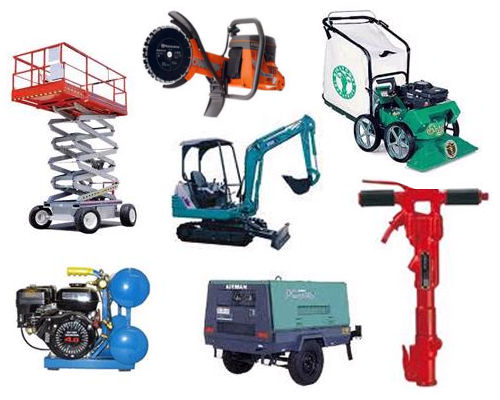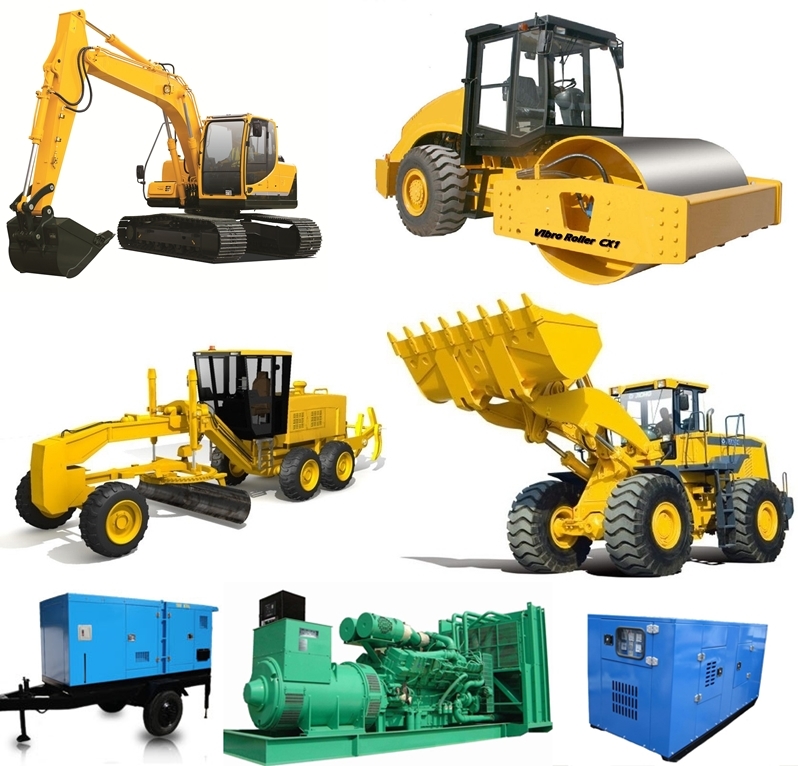Construction Equipment Rentals: Strong Machinery for Your Tasks
Construction Equipment Rentals: Strong Machinery for Your Tasks
Blog Article
Optimize Your Budget Plan by Understanding the Costs Linked With Building Tools Rentals
Understanding the complete extent of costs connected with construction equipment leasings is important for maximizing your budget. What methods can be utilized to effectively manage these costs and make sure an extra efficient rental experience?
Review of Rental Expenses
When considering construction devices services, understanding the connected expenses is paramount for effective budgeting and task preparation. Rental costs can vary significantly based upon several variables, including tools type, duration of service, and area. The initial rental cost commonly reflects the devices's market need and its connected operational capacities, influencing the overall cost.
In enhancement to the base rental rate, ancillary costs might develop, such as transportation charges, fuel additional charges, and maintenance costs. It is necessary to make up these extra expenditures to accurately evaluate the complete expense of renting devices. The rental period can affect rates; longer leasings may qualify for reduced prices, while temporary leasings might incur higher everyday fees.

Failure of Rental Prices
A thorough understanding of rental rates is vital for professionals and project supervisors intending to optimize their budget plans. Rental rates for construction equipment usually contain numerous elements, including base prices, time-based costs, and usage fees.
Base rates are the core costs linked with the leasing of the equipment, often identified by the type and size of the machinery. These prices can vary considerably, affected by variables such as devices demand, schedule, and local market fads. Time-based fees, which might be daily, weekly, or monthly, serve to suit various project timelines and rental periods.
Additionally, rental rates may consist of usage costs, which are suitable when devices is utilized beyond a defined threshold, ensuring that the rental business can make up deterioration. Seasonal demand variations can likewise influence rental rates, with peak building and construction seasons commonly regulating greater costs.
Moreover, recognizing the rental company's plans pertaining to maintenance and insurance policy can offer additional insight right into the total cost framework. By analyzing these elements, specialists can make enlightened decisions, making sure the option of rental equipment lines up with both project needs and budget restrictions.
Additional Fees to Take Into Consideration
Comprehending the complexities of additional costs is critical for service providers to handle their general service expenses efficiently. Past the typical rental prices, numerous supplementary costs can substantially affect the overall expense of equipment leasing. These charges typically include shipment and pickup charges, which can vary based on range and logistics associated with moving the devices to and from the work site.
Additionally, some rental companies might impose fuel additional charges if the devices is returned with less fuel than when leased. It is likewise vital to understand possible cleaning costs, particularly for specific equipment that needs extensive maintenance after usage.

Completely examining the rental contract and clearing up these additional charges in advance can assist contractors avoid unanticipated prices and make certain that spending plans continue to be undamaged throughout the job lifecycle.
Upkeep and Fixing Expenditures
Regular maintenance and repair costs are frequently neglected factors that can significantly affect the total expense of building and construction tools services. When leasing devices, it is important to consider not just the rental charges however also the potential prices connected with maintaining the equipment in optimal operating condition.
Lots of rental companies include standard maintenance as component of the rental arrangement; nonetheless, a lot more unexpected breakdowns or substantial repairs can cause extra expenditures. It's necessary to evaluate the rental agreement thoroughly to understand what maintenance services are covered and what obligations drop on the tenant.
Additionally, devices that is not well-maintained can bring about inadequacies on the work website, potentially enhancing and causing delays job expenses. To alleviate these threats, it is a good idea to carry out normal inspections and maintain open interaction with the rental service provider concerning any concerns that occur throughout usage.
Insurance and Responsibility Costs
Insurance and liability prices are critical elements that can considerably affect the total expenditure of building and construction devices rentals (scissor lift rental). These expenses make sure that both the rental company and the customer are protected from possible monetary losses emerging from accidents, damages, or theft during the rental duration

In addition, customers should know any kind of deductibles or exemptions in the insurance plan, as these can impact prospective out-of-pocket costs. Recognizing the conditions of any insurance protection is crucial to avoid unanticipated prices. Eventually, budgeting for insurance coverage and obligation costs can help guarantee a smoother rental experience and protect versus monetary risks connected with building tasks.
Final Thought
In conclusion, a thorough understanding of the costs linked with building and construction tools leasings is crucial for effective budget monitoring. Eventually, notified decision-making regarding tools leasings adds to the total success of building ventures.
Rental expenses can differ significantly based on a number of aspects, including equipment type, period of rental, and area (rental company near me). The rental period can impact pricing; longer rentals might qualify for discounted prices, while temporary rentals may incur higher daily fees
By performing thorough study and engaging with trusted rental companies, specialists can effectively navigate the intricacies of rental prices, eventually optimizing their economic sources.
Beyond the common rental rates, various supplemental costs i was reading this can dramatically impact the total price of equipment service. Rental firms typically give responsibility insurance coverage that covers injuries to third parties or damages to property, while tools damage insurance can cover the price of repairs or substitute if the leased tools is damaged.
Report this page